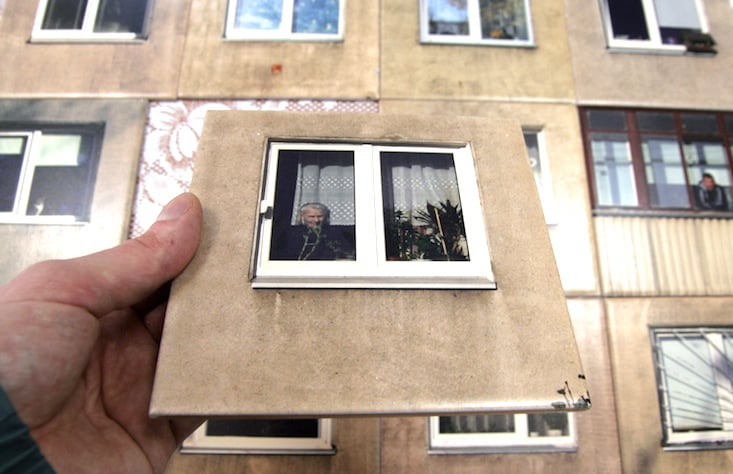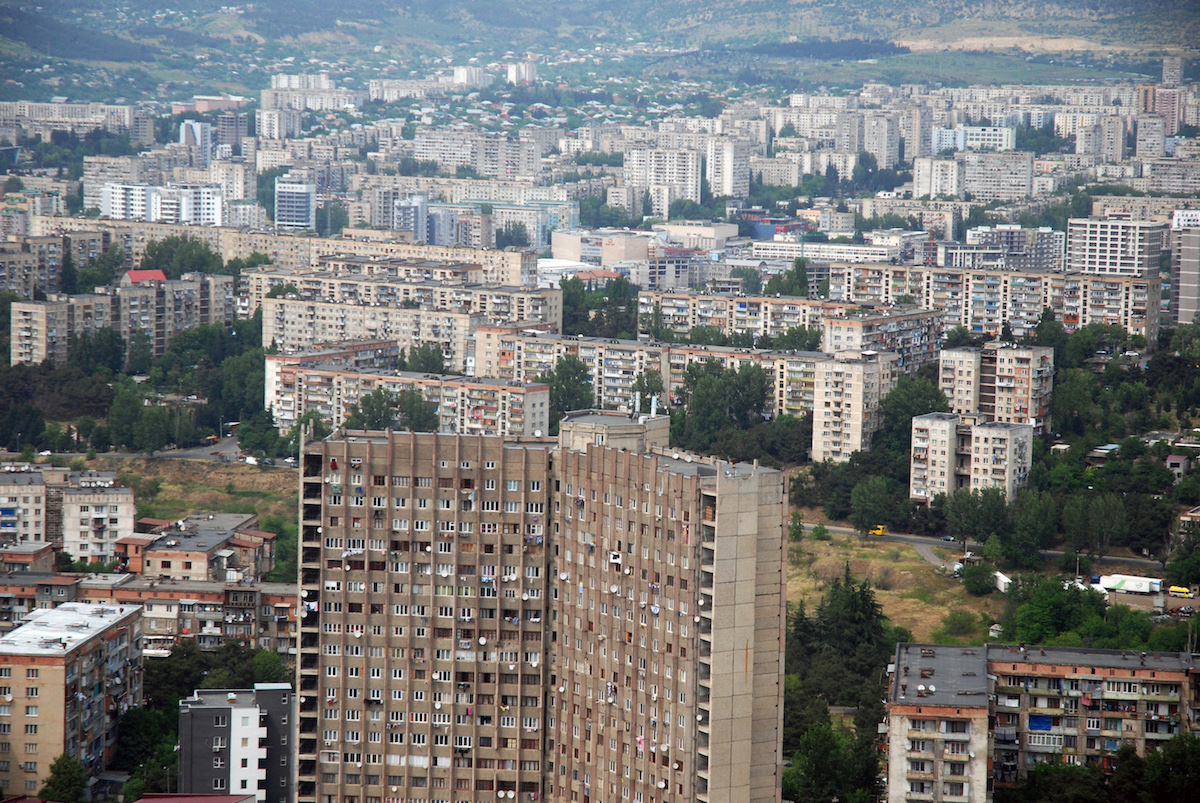How one Russian filmmaker captured the soundtrack to life in Moscow’s Soviet prefab housing
Russian filmmaker Vladimir Stekachyov wanted to preserve every aspect of Moscow's P-44 apartment blocks, including the sounds of daily life.
Beyond the edges of Moscow city centre is a sea of almost identical high-rise blocks that form the capital’s residential suburbs. Most were built in the 1970s and 1980s, assembled using prefabricated concrete panels, following a design known as P-44. Uniformly designed, with box-like forms and monotone tiled exteriors, the P-44 series of homes were long the most popular form of housing in the Russian capital, but are now slowly being replaced by higher-density forms of housing.
“I get that feeling of belonging only when I’m in a residential area [in the city],” says Moscow-based filmmaker Vladimir Stekachyov. In 1991, when he was 3-years-old, Stekachyov and his family moved into a P-44 flat given by the state. He has lived in similar P-44 apartments and other prefabricated mass housing for much of his life.
Based on the khrushchevka, a type of concrete-panelled apartment block designed in the 1960s, the apartment blocks are around 47 metres high, with an average of 17 storeys. Typically set around a communal area, the P-44 blocks are C-shaped, and each “house” has a porch, or front entrance, and 64 apartments. The number “44” refers to the minimum space standards, which were part of the post-1955 programme for the industrialisation of housebuilding, according to the architectural historian and journalist, Jonathan Charley.
“Because of the spacious construction of P-44 housing in my area, and the fact that I lived on the 12th floor and had a good panoramic view, I grew up with a generous sense of space,” says Stekachyov. But the view wasn’t always idyllic. “In the colder months,” he continues, “the concrete boxes blend into the sky forming a single grey mass. You can go a full month without seeing the sun,” he admits, something which often left residents feeling uneasy or sad.
Part architectural tour, part social history, his film homage to the P-44 blocks brings together stories from current and former residents to reveal the daily routines, everyday moments, and relationships behind the austere exteriors. The sounds of the P-44, too, have been collected and documented: the noises of metal rubbish shoot lids, door springs, and press elevator buttons were recorded and made into the film’s soundtrack. In the film, the resulting electronic music production provides inspiration for a dance that’s performed in a lift of one of the P-44 blocks.
“They’re a sanctuary,” says a resident in the film. “They’re looked after and lived in.”
Stekachyov says that a full-scale renovation programme of the blocks is needed but is unlikely to happen due to the scale of the project — they number in their thousands across the city. New housing is being built but Steckachyov believes it’s worse than what it’s replacing.
One of the advantages of P-44 blocks, and others like it, are the spaces between the houses and the height of houses, which do not exceed 17 floors, he says. “Therefore, the population density has stayed at a sustainable level. This is in contrast to what’s happening now. Developers today are trying to build upwards on every empty piece of land.”


